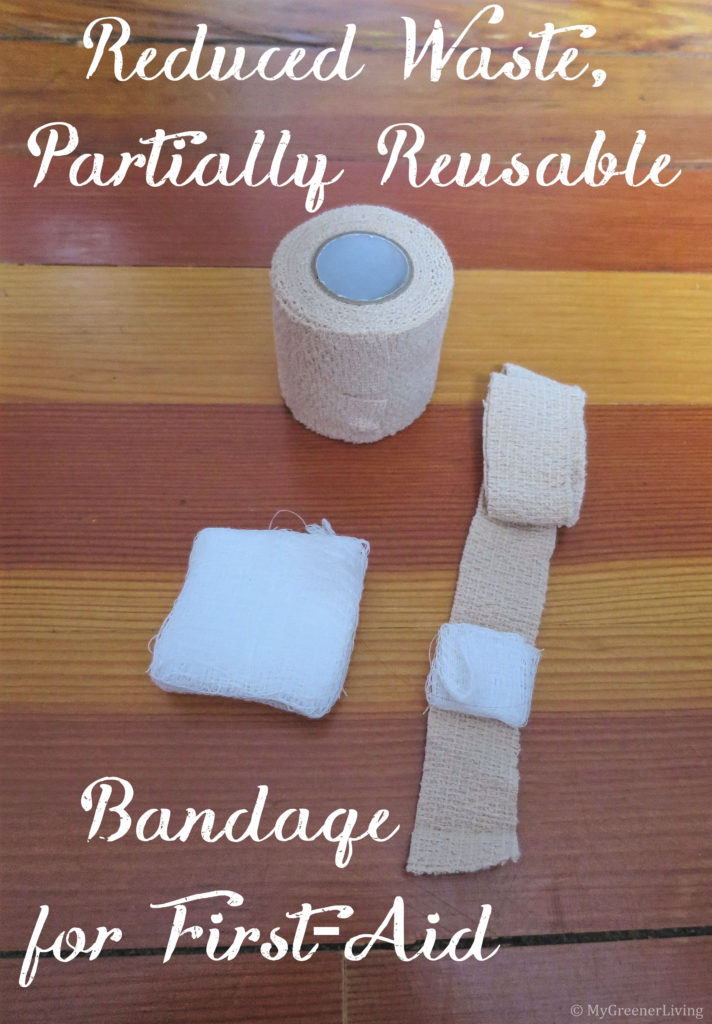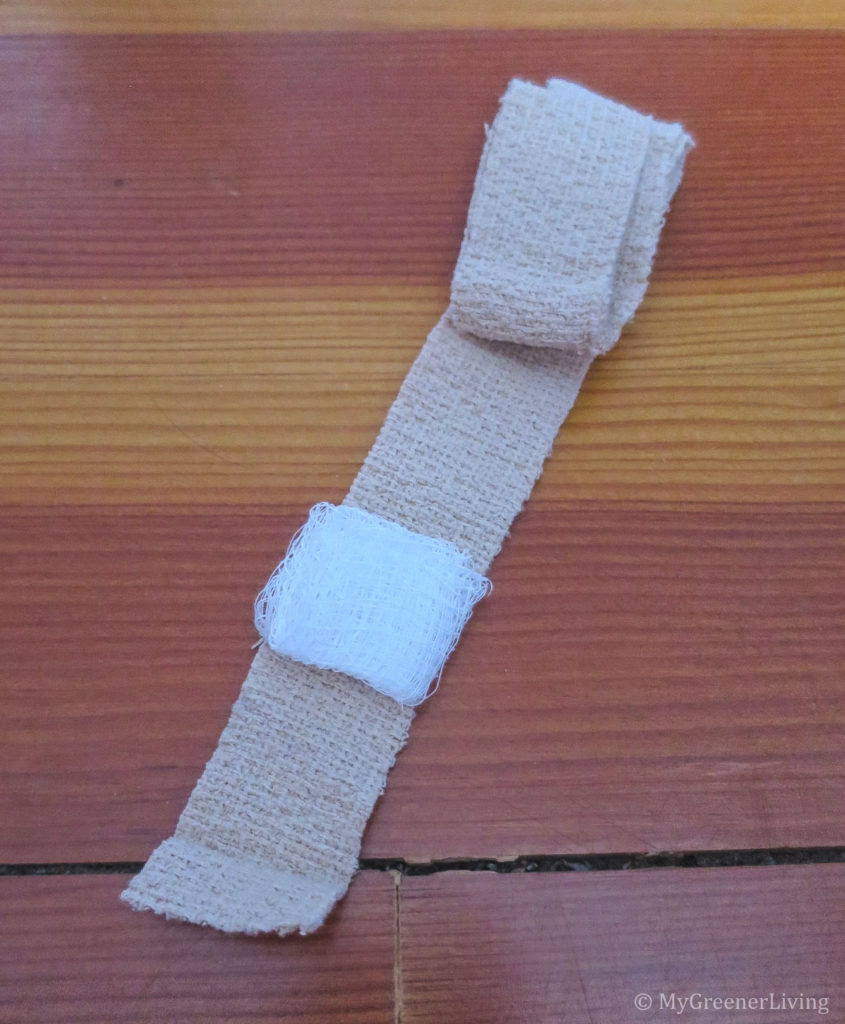Today I am going to tell you about an inexpensive product that my friend over at PharmaFarm told me about, that has saved me so much time and hassle cleaning in the kitchen. It’s so simple and versatile – a stainless steel chain mail scrubber!

Disclaimer: This post contains affiliate links. See my Disclosure Policy for more information.
How do I use my stainless steel chain mail scrubber?
I use my stainless steel chain mail scrubber in two main ways – to clean my reusable water bottles, and to scrub stuck-on food and stains from my pots and pans.
Chain mail scrubber for reusable water bottles

I love my reusable water bottles, but until now had not found a good solution for keeping them clean. It was tough finding bottle brushes long enough to reach the bottom of my bottles. The ones that did usually had nylon bristles and plastic handles, and some had plastic covering part of the metal between the bristles and handle. The natural bristle ones I had got moldy quick and in general I have trouble keeping them clean.
Now with this stainless steel chain mail scrubber, it is easy to keep my glass, stainless steel, or titanium water bottle clean! I put the chain mail scrubber in the bottle with a little soap and water, put the cover on, and shake for a minute. Then I pour out the soapy water, use a regular natural kitchen brush or just my hand and some soap and water to clean the bottle mouth and cover. I rinse everything with clean water, let dry, and my water bottle is good to go!
Chain mail scrubber for pots and pans
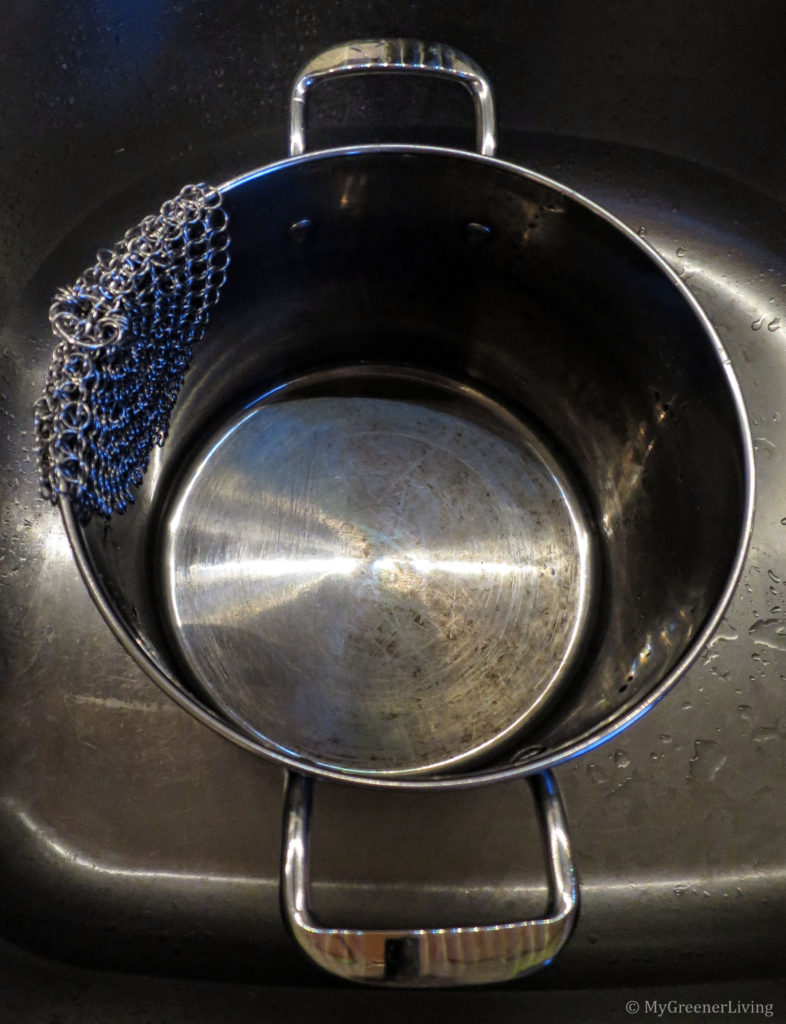
Using a chain mail scrubber for pots and pans is the primary purpose for which this product is advertised. I first heard about these scrubbers for cast iron, and they make perfect sense for that application. The scrubber uses friction of lots of small pieces of steel rubbing on the pan to scrape pieces of food off the pan. This is great for a pan like cast iron that should not soak or have soap applied.
I still haven’t gotten the knack for cooking with cast iron, but I have found this stainless steel scrubber great for scraping burned on stains and food from my stainless steel and aluminum pots and pans. When soaking in hot, soapy water didn’t do the trick, this scrubber did! I just put a squirt of my dish soap on the scrubber and scrub away. It definitely takes some time and elbow grease for the stains that have been there for a while, but I got this pot that’s been stained for years looking like new again.
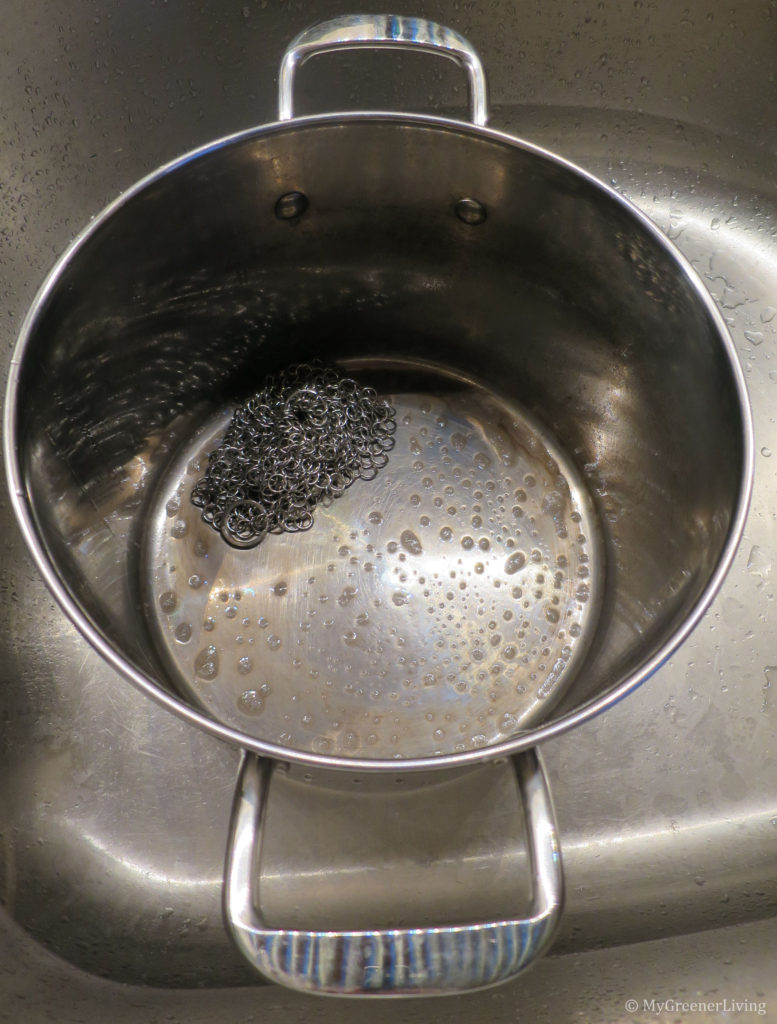
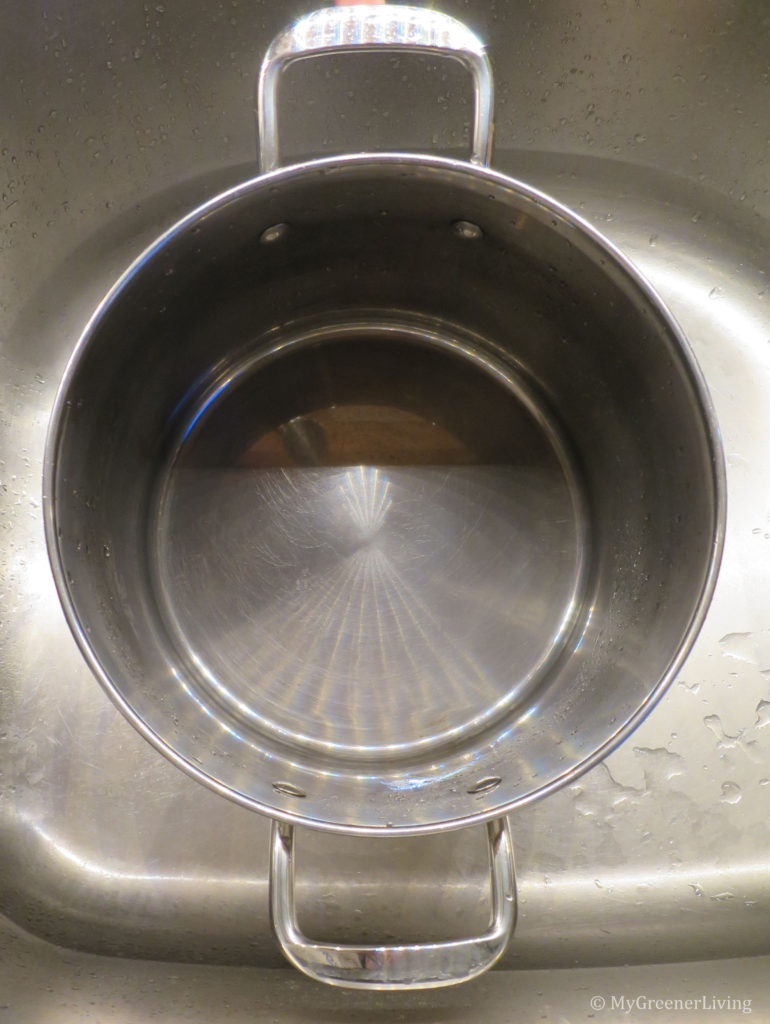
Why do I like this scrubber so much?
- This stainless steel chain mail scrubber is versatile for cleaning in my kitchen. That alone is enough to make me like it.
- It is made of stainless steel, a completely recyclable material. While I expect this scrubber to last me a very, very long time, if it does somehow lose its use as a kitchen scrubber, I can simply recycle it, and all of the elements of the stainless steel scrubber can be re-purposed into other things.
- This scrubber is also very easy to clean. I either rinse with clean water then add a squirt of soap, rub it around in my hand, and rinse, or I put it in my dishwasher.
- Finally, this scrubber was quite inexpensive.
Cost
The stainless steel chain mail scrubber that I purchased cost about $9. I selected this specific scrubber because I liked the round shape (when laid flat, vs. square), and the small loop size. I am happy with the size of this scrubber. It fits well through the mouth of my water bottles, and also is large enough to hold in my hand as I scrub pots and pans.
There were many options to choose from and I am sure many are very good. This is not a paid advertisement for a specific product. However, I can say that I like this stainless steel chain mail scrubber and I would recommend it.
Do you have any uncommon uses for common kitchen (or other household) items? Share with us in the comments below!

